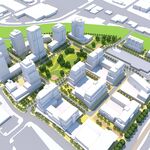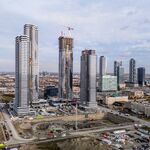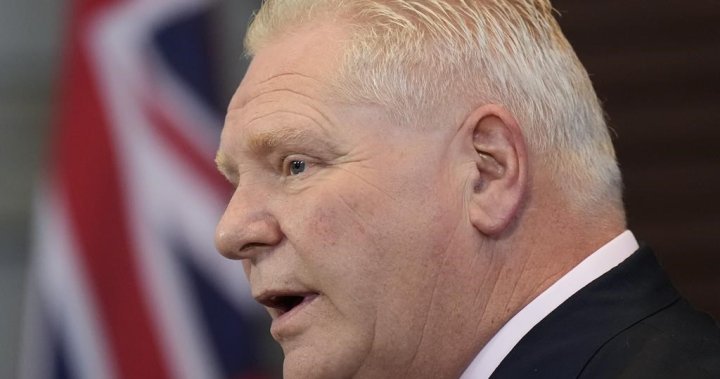I'm wondering how much the Liberals actually spent while in office. I'm trying to get an idea of who is actually building more. Because I remember the dithering too. Meanwhile, Ford can actually claim credit for getting major international transit developers like DB and FCC involved with GO RER. Not sure they'd be here with the kind of dithering we saw from Wynne.
In order to look at $ out the door, one needs to review the public accounts which are published mid-year following the preceding fiscal year.
That means we can't look 2023-2024 yet.
So I looked back at 2018 again and at 2022-2023.
In the Annual Reports, which don't include line items, Transit and Transportation {primarily highways) are grouped together.
The 2018 number was 6.1B out the door that year.
While the 2022 number was 8.5B out the door.
I can find a graph in the latter though, that shows the incremental increase in Transportation Fixed Asset value from 2018 to 2022:
I found the same graph from the Liberal 2018 numbers looking backwards to 2014:
We'd have to extract the highway numbers out to get a solid look at transit; but my sense from the above is that incremental spending increase was probably similar between the two gov'ts (Wynne) and (Ford) though, the Liberal show sharper numbers in their year 1 for sure and maybe their year 3, while the number slows markedly in the last year. Though the latter was actually Doug Ford's decision, (indicated in the docs).
From those docs:
****
Something to weigh in terms of spending impact is to consider the non-residential construction inflation during the periods in question.
Black line is non-res.
Looking at those, both governments faced similar'ish rates of inflation~2% for the first several years. But Ford's gov't since 2020 has faced inflation that is much higher in the construction sector.
Public Accounts: 2018:
The annual report is a high-level summary of the fiscal year’s results. It includes financial statements, analyzes the state of the province’s finances and outlines achievements for the fiscal year. Download PDF

www.ontario.ca
Public Accounts: 2022:
The annual report is a high-level summary of the fiscal year’s results. It includes financial statements, analyzes the state of the Ontario government’s finances and outlines achievements for the fiscal year. Download PDF

www.ontario.ca






